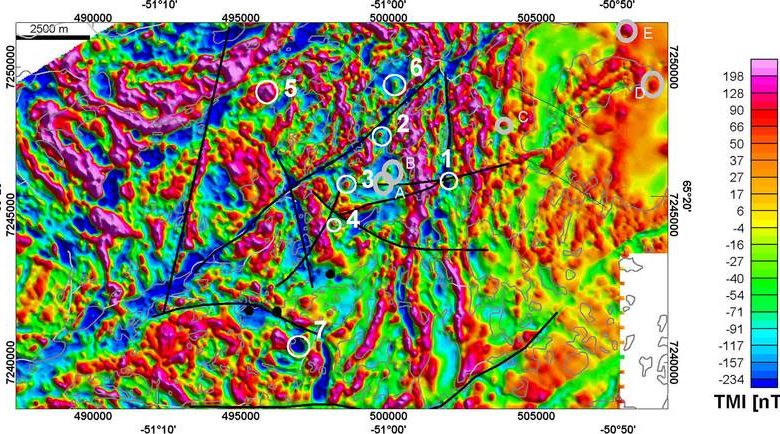All Categories
Featured
Table of Contents
Geophysical Methods in Wembley Oz 2022
Time piece from 23 to 25ns. This last piece is now nearly all blank, however a few of the walls are still showing highly.
How deep are these slices? The software application I have access to makes estimating the depth a little tricky. If, however, the leading 3 slices represent the ploughsoil, which is most likely about 30cm think, I would guess that each piece has to do with 10cm and we are only getting down about 80cm in overall.

Fortunately for us, most of the sites we have an interest in lie simply listed below the plough zone, so it'll do! How does this compare to the other methods? Contrast of the Earth Resistance data (top left), the magnetometry (bottom left), the 1517ns time slice (leading right) and the 1921ns time piece (bottom left).
Geophysical Survey in Burswood Western Australia 2020
Magnetometry, as discussed above, is a passive technique measuring regional variations in magnetism against a localised no value. Magnetic susceptibility study is an active method: it is a measure of how magnetic a sample of sediment might be in the existence of a magnetic field. How much soil is evaluated depends on the diameter of the test coil: it can be extremely small or it can be fairly big.
The sensor in this case is extremely small and samples a tiny sample of soil. The Bartington magnetic vulnerability meter with a large "field coil" in usage at Verulamium throughout the course in 2013. Top soil will be magnetically boosted compared to subsoils merely due to natural oxidation and reduction.
By determining magnetic susceptibility at a reasonably coarse scale, we can detect locations of human occupation and middens. We do not have access to a reliable mag sus meter, however Jarrod Burks (who helped teach at the course in 2013) has some exceptional examples. One of which is the Wildcat website in Ohio.
Geophysical Survey Equipment - Ground Penetrating Radar in Mahogany Creek WA 2022
These towns are frequently laid out around a central open area or plaza, such as this rebuilt example at Sunwatch, Dayton, Ohio. Sunwatch Town, Dayton, Ohio (image: Jarrod Burks). At the Wildcat website, the magnetometer survey had actually located a range of features and homes. The magnetic susceptibility survey helped, however, specify the primary area of profession and midden which surrounded the more open area.
Jarrod Burks' magnetic susceptibility study arises from the Wildcat site, Ohio. Red is high, blue is low. The strategy is for that reason of great use in specifying areas of general profession instead of determining particular functions.
Geophysical surveying is a used branch of geophysics, which uses seismic, gravitational, magnetic, electrical and electro-magnetic physical methods at the Earth's surface area to measure the physical properties of the subsurface - Geophysical Survey In Archaeology in Yokine Aus 2021. Geophysical surveying techniques normally determine these geophysical residential or commercial properties in addition to anomalies in order to assess different subsurface conditions such as the existence of groundwater, bedrock, minerals, oil and gas, geothermal resources, spaces and cavities, and far more.
Table of Contents
Latest Posts
Greeley-evans Area 3d Geophysical Survey in Bicton Australia 2022
Airborne Geophysical Methods in Bateman Western Australia 2022
Integrated Geophysical Surveys For The Safety in Beeliar Australia 2021
More
Latest Posts
Greeley-evans Area 3d Geophysical Survey in Bicton Australia 2022
Airborne Geophysical Methods in Bateman Western Australia 2022
Integrated Geophysical Surveys For The Safety in Beeliar Australia 2021